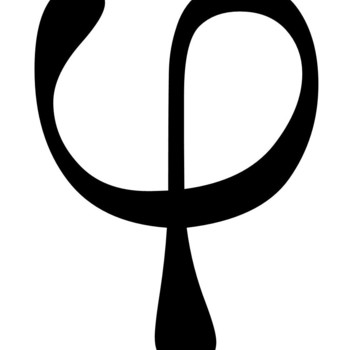A railway carriage of mass 10000kg moving with a speed 15/s hits a stationary carriage of same mass. after the collision the carriage get coupled and ove together. what is their common velocity after collision?
2 Answers
Explanation:
So the formula for linear momentum,
So before the collision, the momentum of the system is
After the collision, the momentum, according to the law of conservation of momentum, remains the same. That is,
Here,
Explanation:
Applying the Law of Conservation of Momentum, identify the given data and set-up the needed formula to determine the common velocity of the carriages after the collision.
#"Momentum before" (P_("before"))="Momentum after"(P_(after))#
#where:#
#"Momentum(P)"="mass(m)"xx"velocity(v)"#
#P=mv#
#(P_("before")):#
The masses and the velocities of the carriages before the collision
#m_1=10,000kg; v_1="15m/s"#
#m_2=10,000kg; v_2="0m/s " ( "at rest")#
#(P_(after)):#
The masses and the velocities of the carriages after the collision
#m_1=10,000kg; v_1'=?#
#m_2=10,000kg; v_2'=?#
Take note that after the collision, both carriages moved together of same direction with the moving carriage. So that, a common velocity has been identified as follows:
#v_1'=v_2'=v_c="common velocity"#
Now, set-up the equation and plug in values in both conditions: before and after the collisions as described below.
#P_("before")=P_(after)#
#m_1v_1+m_2v_2=m_1v_1'+m_2v_2'# but:
#v_1'=v_2'=v_c#
#m_1v_1+m_2v_2=m_1v_c'+m_2v_c'#
#(10,000kg)("15m/s")+cancel((10,000kg)("0m/s"))0=(10,000kg)(v_c)+(10,000kg)(v_c)#
#150,000"kg.m/s"+0=(20,000kg)v_c# ; divide both sides by 20,000kg to isolate the variable#v_c#
#v_c=(150,000cancel(kg)."m/s")/(20,000cancel(kg))#
#v_c=7.5"m/s"#

